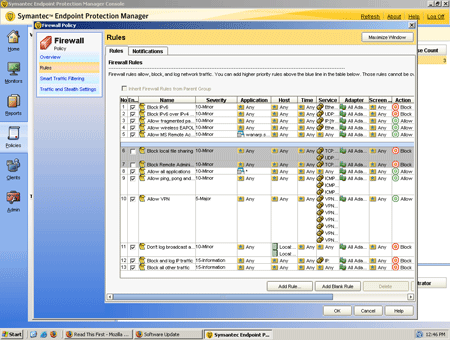

vShield components can communicate over routed connections as well as different LANs. The vShield Manager requires connectivity to the vCenter Server, ESXi host, vShield Endpoint module, and vShield Data Security virtual machine. The management interfaces of vShield components should be placed in a common network, such as the vSphere management network. The vShield Manager user interface leverages the VMware Infrastructure SDK to display a copy of the vSphere Client inventory panel, and includes the Hosts, Clusters and Networks views.

Using the vShield Manager user interface or vSphere Client plug-in, administrators install, configure, and maintain vShield components. A vShield Manager can run on a different ESX host from your vShield agents. The vShield Manager is the centralized network management component of vShield, and is installed as a virtual appliance on any ESX host in your vCenter Server environment. Major Installation and configuration stepsīelow is the sequence in which we will go through about the installation


 0 kommentar(er)
0 kommentar(er)
